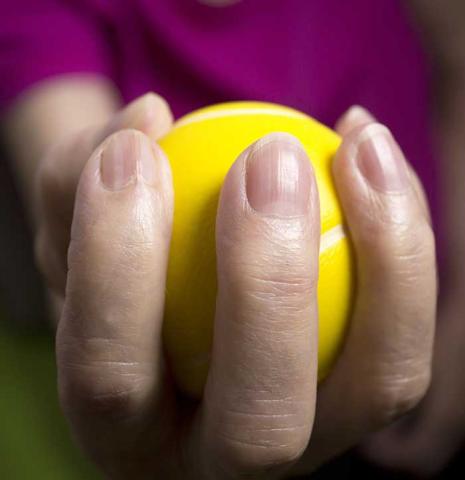
Mission and Goals
Mission
The educational mission of the Hofstra University MS in Occupational Therapy program is to facilitate the development of effective, compassionate, evidence-based practitioners with critical thinking skills and competencies, knowledge and skills to be lifelong learners with the ability to meet professional standards and societal occupational needs.
Program Student Learning Outcomes
| Curricular Threads | Student Learning Outcomes |
|---|---|
| Health and Well-Being |
|
| Humanism and Client-Centered Practice |
|
| Occupation-Based Practice |
|
| Evidence-Based Practice |
|
Entry Requirements, Prerequisites, Deadline, and Curriculum
Occupational Therapy, MS
Loading...
Fieldwork Experiences
There are two types of fieldwork experiences designed to integrate and apply academic learning with clinical practice. Level I fieldwork education is integrated as part of coursework beginning in the first semester. Assignments are structured for students to observe clinical conditions, occupational, and therapy practice in order to begin development of professional behaviors and clinical observation skills. Level II fieldwork experiences occur following completion of all coursework. Students apply techniques and theoretical concepts with the goal of developing entry-level practice skills. Students complete two 12-week full-time placements to work with clients across the lifespan and with a range of conditions.
Practice settings include hospitals, schools, outpatient rehabilitation, outpatient hand therapy, subacute and skilled nursing facilities, sensory gyms, adult day programs, community, behavioral health, and home care.
